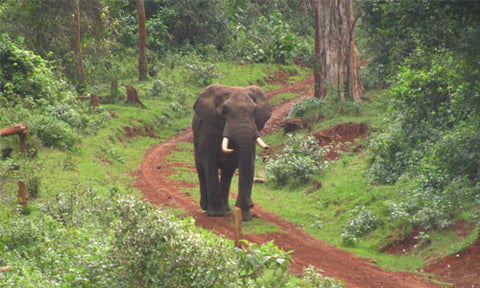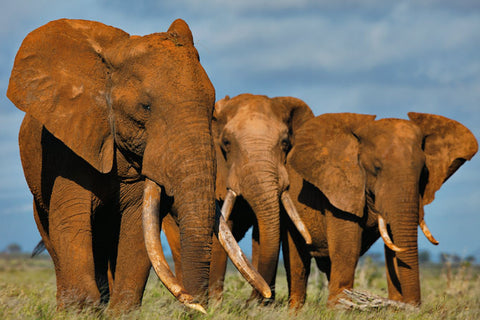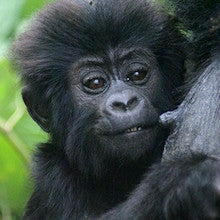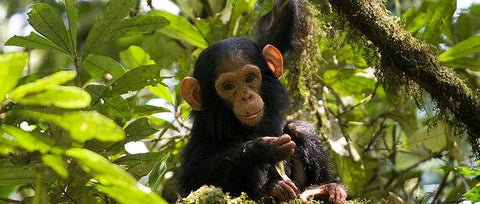Mt. Kenya is an extinct volcano and the second highest mountain in Africa. The habitat is a mix of rain forest, bamboo, open woodland, scrub, moorland as well as the high altitude rock peaks. Mt. Kenya is home to the Lesser Kestrel, the Purple-throated Cuckoo-shrike and is one of the few remaining areas in Kenya where the Lammergeier can still be seen.
Large numbers of raptors can be seen either in the trees or circling overhead. Bronze-naped and green pigeons come down to the waterhole and take advantage of the natural salt-lick, and Grey-headed Negrofinch and Montane Oriole, Tacazze Sunbird, Montane White-eye and Black and White Mannikin can also be seen. At night a number of sandpipers and other waders visit the waterholes. It is the only place in Africa that an American Spotted Sandpiper has ever been seen.
The Kianyaga Valleys are on the south-eastern side of Mount Kenya. They are almost entirely settled with coffee, maize and arrowroot being cultivated across much of the area. Small pockets of wetland remain and these include small Lantana camara thickets which are the main stronghold of the endemic and endangered Hinde's Babbler.
One of the local dawn and dusk spectacles in the foothills of Mt Kenya is the daily 'migration' of the Red-fronted Parrots from their overnight roosts to their daily feeding grounds. Despite their name, the red front is not always conspicuous and in the field they are best identified from their robust build, dark green plumage and pale rump. Of course, the fact that they're the only parrot that's likely to be seen in that part of Kenya does make identifying them somewhat easier.




